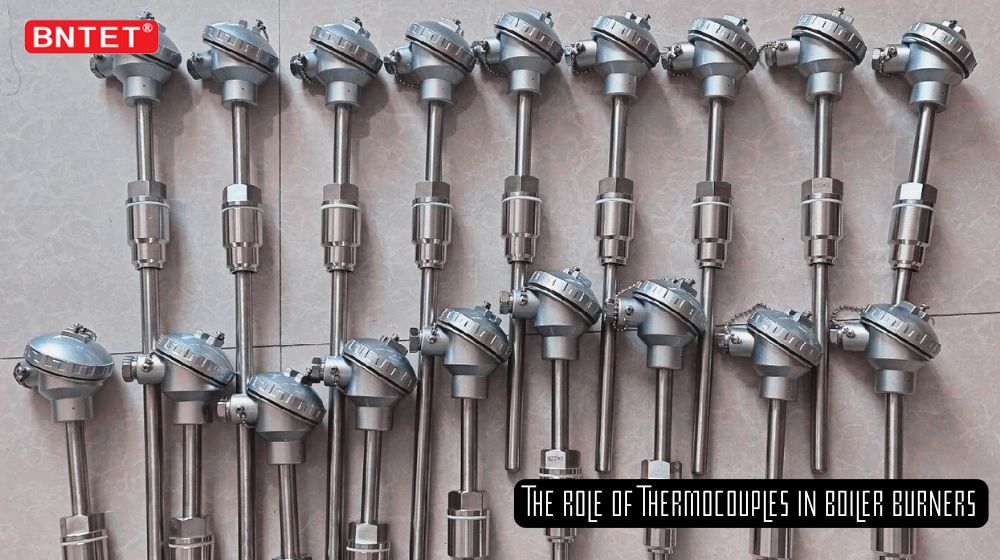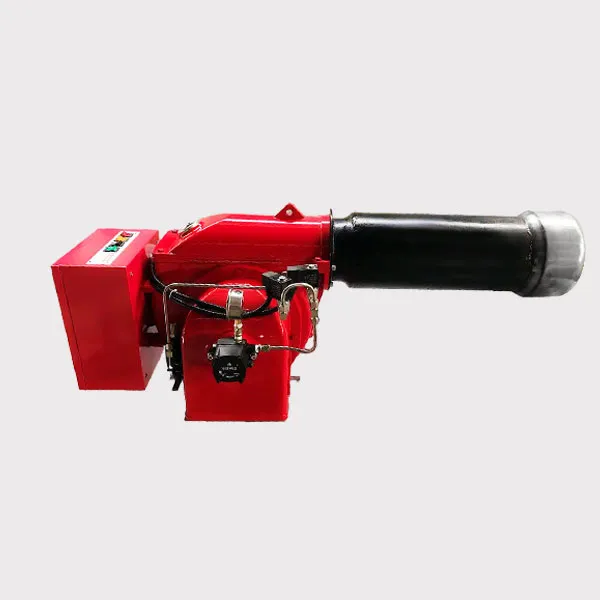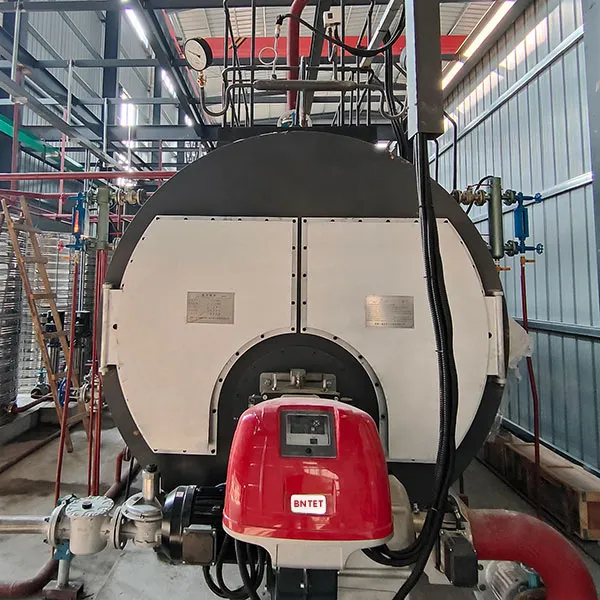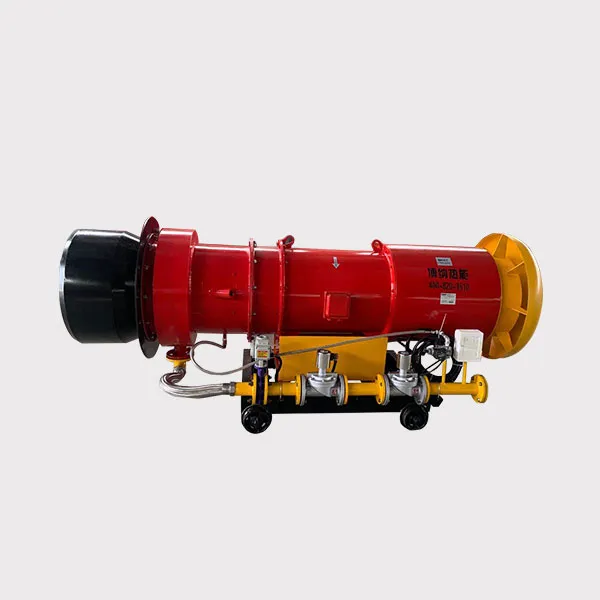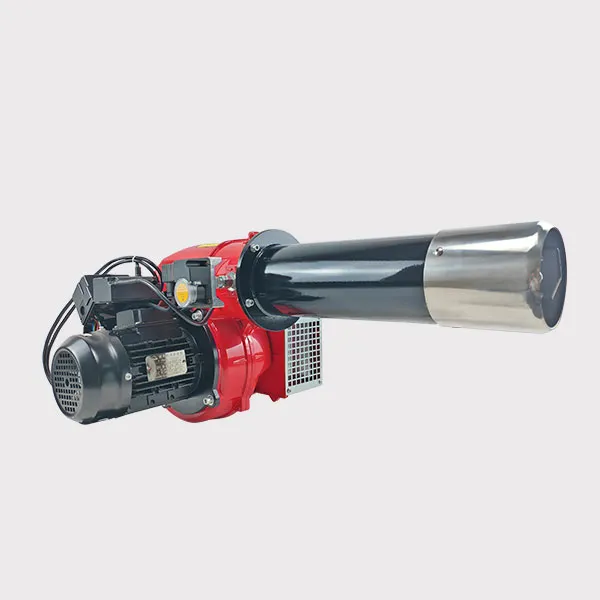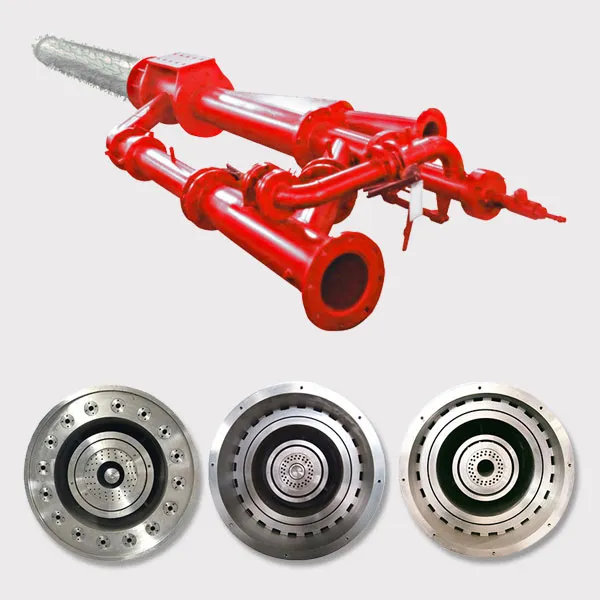The role of thermocouples in boiler burners
2025-04-16 11:58:39
Thermocouples in boiler burners are primarily used for temperature monitoring, flame detection, and safety protection, ensuring efficient, stable, and safe combustion. Below are their specific functions and working principles:
1. Flame Detection and Flame-Out Protection (Core Safety Function)
Working Principle:
The thermocouple is installed directly near the flame. When the burner is operating, the flame heats the hot junction of the thermocouple, generating a thermoelectric potential (typically 15–30 mV). This voltage is connected to a gas solenoid valve, keeping it open.During Flame-Out: Flame extinguishes → Thermocouple cools → Voltage drops to zero → Solenoid valve closes → Gas supply is cut off, preventing gas leaks and explosions.
Features:
No external power supply required (self-generating principle).
Relatively slow response (takes seconds to cool), suitable for small boilers or applications where rapid response is not critical.
🔥 Typical Applications: Household gas boilers and small industrial burners often use a thermocouple + solenoid valve setup for simple flame-out protection.
2. Real-Time Combustion Temperature Monitoring (Optimizing Efficiency)
Monitoring Points:
Combustion Chamber Temperature: The thermocouple is installed near the burner nozzle to directly measure flame temperature (typically K-type or S-type, resistant to temperatures above 1200°C).
Exhaust Gas Temperature: Installed in the flue to monitor waste heat, reflecting combustion efficiency (abnormally high temperatures may indicate incomplete combustion or heat exchange issues).
Control Logic:
Temperature signals are fed back to the control system to automatically adjust the gas/air ratio, ensuring complete combustion (reducing CO and NOx emissions).
Triggers an alarm or shutdown in case of overheating to protect boiler refractory materials and heat exchange components.
3. Ignition Verification (Auxiliary Function)
Process:
During boiler ignition, the thermocouple must detect a temperature rise within a set time; otherwise, the system determines ignition failure, closes the gas valve, and retries or triggers an alarm.Comparison with Ionization Probes:
Thermocouples are suitable for gas boilers, while ionization probes (faster response) are more common in oil-fired boilers.
Key Selection Criteria for Thermocouples in Boilers
| Factor | Selection Requirements |
|---|---|
| Temperature Range | Combustion chamber: K-type (0–1200°C), S/R-type (0–1600°C); Flue: K-type (0–600°C) |
| Installation Method | Exposed (fast response) or sheathed (mechanical/corrosion protection) |
| Environmental Protection | High-temperature corrosive flue gas requires stainless steel or ceramic protection tubes |
| Signal Processing | Cold junction compensation (reference temperature correction) and signal amplification (millivolt-level voltage boost) required |
Common Failures and Troubleshooting
Failure Symptoms:
Frequent boiler flame-outs (thermocouple carbon buildup, aging, or misalignment).
Abnormal temperature readings (broken wires, cold junction compensation failure).
Maintenance Measures:
Regularly clean carbon deposits or oxides from the thermocouple tip.
Check for loose or corroded wiring terminals.
Calibrate cold junction compensation (or replace with a thermocouple transmitter with integrated compensation).
Thermocouples vs. Other Boiler Flame Detection Technologies
| Technology | Principle | Advantages | Disadvantages | Applications |
|---|---|---|---|---|
| Thermocouple | Seebeck effect | Simple structure, no power needed | Slow response (3–10 sec) | Small gas boilers |
| UV Flame Sensor | Detects UV radiation | Fast response (milliseconds) | High cost, requires lens cleaning | Large oil/gas boilers |
| Ionization Electrode | Flame conductivity | High sensitivity | Requires high voltage, prone to carbon buildup | Oil-fired boilers |
Advanced Applications in Industrial Boilers
Redundant Thermocouple Configuration: Multiple thermocouples installed at critical points (e.g., combustion chamber, superheater) to improve reliability through data comparison.
Integration with DCS/PLC Systems: Thermocouple signals are fed into control systems to automate damper and gas valve adjustments, optimizing combustion efficiency.
Conclusion
Thermocouples in boiler burners serve as both safety guardians (preventing flame-out leaks) and efficiency managers (temperature regulation). Although their response time is slower than UV or ionization sensors, their no-power-needed, high interference resistance makes them irreplaceable in small to medium gas boilers. In industrial applications, the appropriate type and protective measures must be selected based on temperature, corrosion resistance, and control precision requirements.
